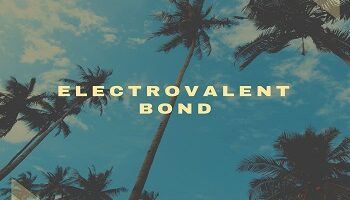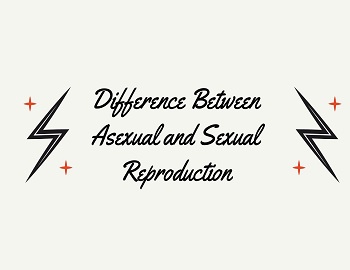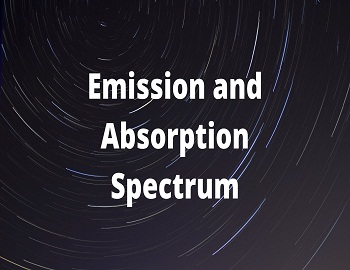Phylum Porifera:
Phylum Porifera includes pore-bearing animals. These are commonly called sponges. They are the oldest and most primitive metazoans. Porifers evolved in the Proterozoic era more than 600 million years back. Porifers were known to Aristotle, the father of zoology. John Ellis (1765) established the animal nature of sponges. The term Porifera was coined by Robert Grant (1836).
Characteristics of Phylum Porifera:
- They are radially symmetrical, multicellular, diploblastic with the cellular level of organization.
- They are mainly marine except few (Spongilla), sedentary and colonial or solitary with significant water transport mechanism.
- The body wall consists of two imperfect cellular layers enclosing a non-living noncellular gelatinous layer in between. The outer cellular layer is called pinacoderm (made up of pinacocytes and porocytes) or dermal layer (epidermis). The inner cellular layer is called choanocytic layer (made of choanocytes) or choanoderm. The noncellular layer enclosed by the two cellular layers is known as mesenchyme, mesohyl layer or mesogloea. It contains fibres, spicules and amoebocytes.
- The body is perforated by numerous pores, the Ostia through which the water enters into spongocoel and oscula through which water passes out.
- The body is strengthened by an internal skeleton of calcareous or siliceous spicules or of spongin fibres. These remain embedded in the mesenchyme. The spicules are secreted by scleroblast cells and spongin fibres are secreted by spongioblasts. Spongin fibres are formed of protein and form a network in the mesenchyme.
- These are omnivorous and holozoic in nutrition and digestion is intracellular.
- Respiration and excretion occur through the general body surface. These are ammonotelic.
- Nerve cells are absent. As such porifers do not show much irritability. However, myocytes and pinacocytes show contractibility.
- Asexual reproduction occurs by fragmentation, external budding, gemmules and reduction bodies.
- Most of the sponges are bisexual or hermaphrodite or monoecious. Fertilization is internal. Development is indirect and includes a free-swimming amphiblastula larva (half flagellated and half non-flagellated) or parenchymula larva for dispersal.
- Sponges possess great power of regeneration. Regeneration of parts and of fragments into complete sponges is very common. Even the isolated cells can reorganize into a complete sponge.
Examples- Euplectella (Venus flower basket), Euspongia (Bath sponge), Proterion (Neptune’s cup), Clalina (Dead man’s finger), Spongilla (freshwater sponge) and Sycon, Hyalonema (Glass sponge).









Comments (No)